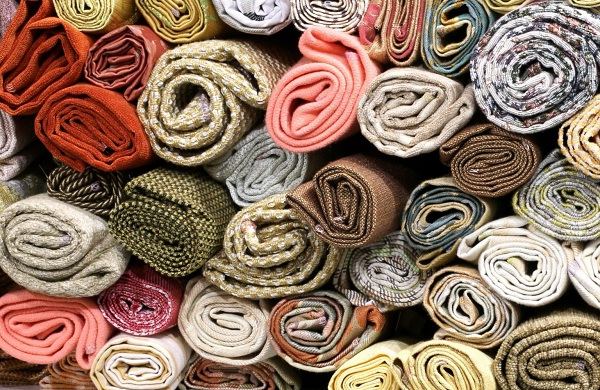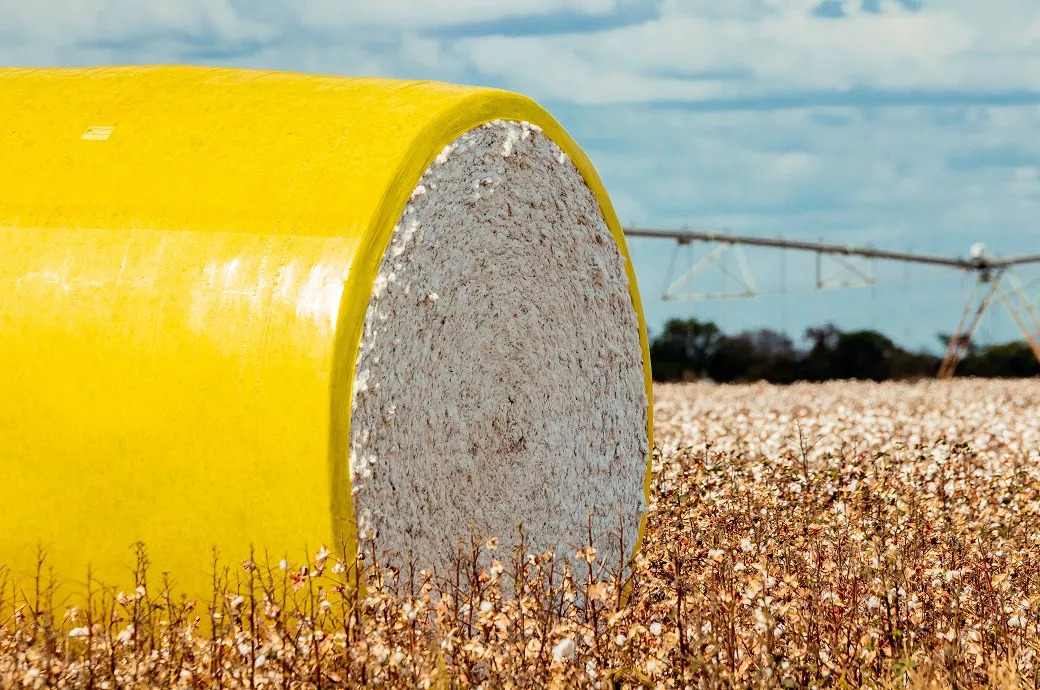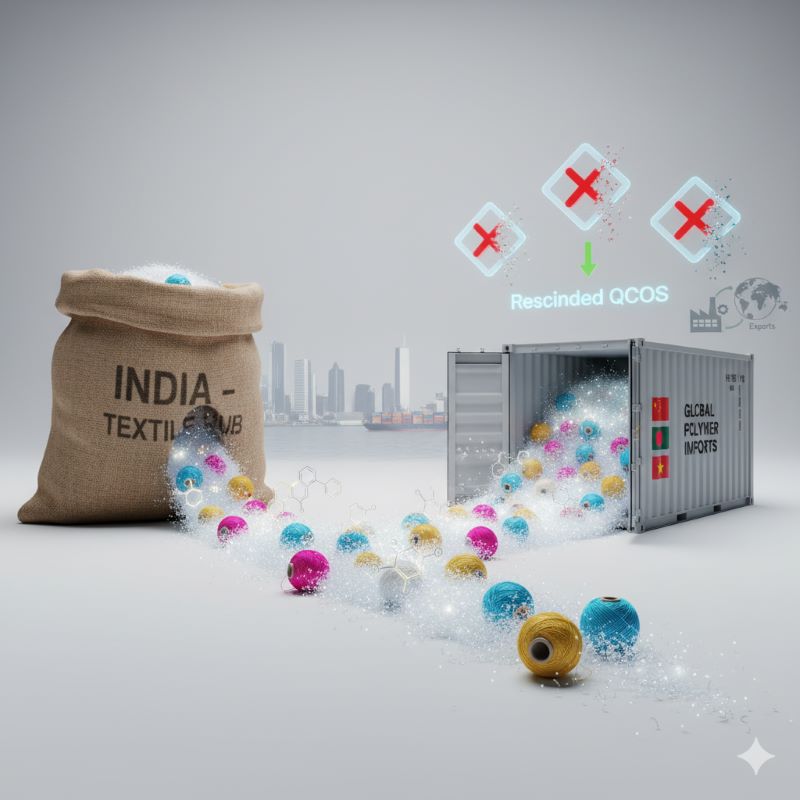
Despite advancements made in the front-end apparel production, manufacturers rarely pay attention to the complete lifecycle of goods. As per a Sustainable Brands report, the industry accumulates millions of tons worth of surplus inventory every year. Most of the deadstock is a result of over-purchasing, faulty production, misprinting and decorating flaws. The industry has been unable to find a suitable solution to dispose off deadstock. Excess inventory keeps piling shops as customers return damaged goods, broken size runs/one-offs, dated goods, failed designs, and even social-justice initiatives.
It is not possible for manufacturers to recycle deadstock as it requires more resources compared to other consumer goods. In addition, recycling can also reduce the garment’s quality and value. Hence, less than 15 per cent clothing in the US is currently recycled.
Minimal energy and water use
As an alternative to this, the industry needs to adopt upcycling in addition to existing sustainable practices. Upcycling can boost a brand’s circularity approach by turning its unsold inventory into completely new products.
Upcycling process requires very little energy and water. Its environmental impact is minimal and enhances the quality and value of a product. Many niche fashion brands such as Beyond Retro, Re/Done and Zero Waste Daniel, are introducing new initiatives for apparel repurposing. However, large manufacturers, retailers and fashion brands with robust sustainability programs in the up-front production process have little to no best practices in place for managing their enormous volumes of new, unsellable merchandise.
Emergence of new upcyling partners
Since upcycling adds a new step in apparel production, many companies are unable to upcycle merchandise in-house. Hence, a sub-industry of upcycling partners is emerging across the world. Urban Outfitters has launched an Urban Renewal initiative to expand its upcycling capacity. The company plans to divert waste products to New York-based Fabicrap. It also aims to create an accessible materials resource for creative communities.
Patagonia has collaborated with LA-based Suay Sew Shop to launch a new Recrafted collection. The Recrafted collection is made from damaged goods that have been turned into entirely new, one-of-a-kind products. Brands including Champion and Pottery Barn have collaborated with the Renewal Workshop to repair unsold goods.
Enhancing the environment
The name change adopted by Washington Commanders made branded merchandise deadstock overnight. To resolve inventory issues, the Girl Scouts of America decided to launch more sustainable uniforms and a responsible solution for the existing inventory on hand. The company approached New Redford-based organization to help transform unsold, obsolete merchandise into new fashion apparel and accessories.
Shifting to a new business model requires adequate time, education and distribution. However, upcycling creatively reimagines deadstock by putting large volumes of surplus merchandise back into the marketplace. This helps the industry improve customer satisfaction, workforce capacity and the environment.












